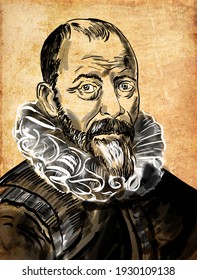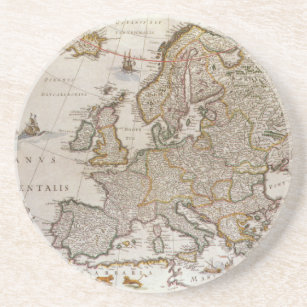

On occasion, Dutch boats would also go south. It would grow to become the headquarters of the Dutch East India Company, a powerful trade hub from which ships would scurry back and forth across the Indian Ocean. A trading post had been set up at Banten, on the west coast of Java, as early as 1603 - while Batavia, the settlement now better known as the Indonesian capital Jakarta, found its groove on the map in 1619. They just hadn't appreciated how big a place was at their fingertips, nor how close it was to their grasp.Ībel Tasman is a key part of the Australian storyīy the early 17th century, Amsterdam had established a firm foothold at the lower tip of south-east Asia. They had even given it a name - New Holland. The Dutch, long busy in warmer waters, knew of the huge island in the bottom corner of the Indian Ocean. But while it is true that Cook was the first European to lay eyes on the east coast of the Australian landmass - and was certainly the explorer who finished the jigsaw of the Southern Hemisphere - what is now the vast country of sunshine and surf had been espied by westerners long before HMS Endeavour dropped anchor at 33°S. General opinion - certainly general opinion based on the British school curriculum - has it that Australia was "discovered" by Captain James Cook, who slipped into Botany Bay - and a place in eternity - on April 20 1770.


It is probably worth offering a little recap here. In doing so, he fell short of a giant prize, becoming - with certain historical caveats - "the man who discovered Tasmania, but missed Australia". As it was, the wind blew harder, and Tasman acceded to its wishes, abandoning his plans to continue north - going east instead. He would have been justified in doing so, for he found himself at a pivotal moment in history - one that might not only have altered the global map, but could have seen this Dutch seafarer anointed as one of the planet's greatest explorers, a navigator to stand alongside Columbus as a re-drawer of atlases and a re-shaper of worlds. Whether he re-scanned the grey horizon, re-examined his compass, and chewed again at that lingering thought in his mind that somehow, somewhere, he was missing a trick. But it it also easy to wonder whether, amid the salt spray and breaking waves of December 5 1642, Abel Tasman looked up from the deck of his ship as it rocked back and forth in a furious ocean, and swallowed down a similar sensation. It is impossible to second-guess the mindset of 17th century explorers 377 years after the event. But we carry on regardless, hoping that clarity will emerge in due course.
#Willem janzs full#
Perhaps it is a conversation at work, an overheard comment hinting at developments to which we are not party maybe it is a nagging feeling that we are not in possession of the full facts in a given situation - that something greater is going on beyond our reach. Blaeu was instrumental in driving this dominance in his lifetime, and this legacy was continued by his sons.We have all been there, caught in a moment of distractedness, nervously aware that we are missing a detail that is part of a bigger picture. It was at this time that the Dutch controlled the map trade, and their ornate and beautiful maps had immense popularity. Full original margins.Willem Blaeu (1571-1638) was a prolific Dutch mapmaker who started one of the most famous map publishing firms of the 17th century. This map is in good condition with minor overall toning, light scattered foxing, folds to margins from previous framing. The map is considered by some to be one of the most important maps of America ever produced.This is the second state of the map, identified by the german text on verso, dating this map to 1647. An elaborate vignette showing the Powhatan King surrounded by his subjects in an early depiction of a Native American Longhouse is included in the top left. A Sasquesahanough Indian is featured below the cartouche. Features two architectural arnate cartouches and a coat of arms.

Denotes many place names including Jamestown and geographical and topographical elements. Settlements are marked with a house and the parameters of Smith's explorations are marked with a cross. This map was originally a derivation of the map by John Smith from 1612. Oriented with north to the right, the map shows the Chesapeake Bay in its entirety and extends from Cape Henry to the Susquehanna River. Rare and early 1647 map of the Chesapeake Bay and the Virginia Colony by Willem Blaeu.


 0 kommentar(er)
0 kommentar(er)
